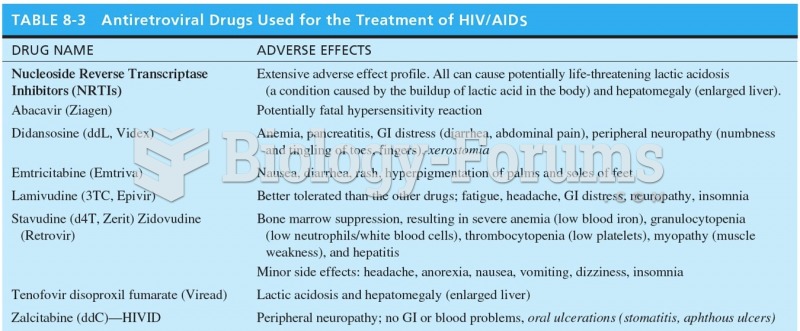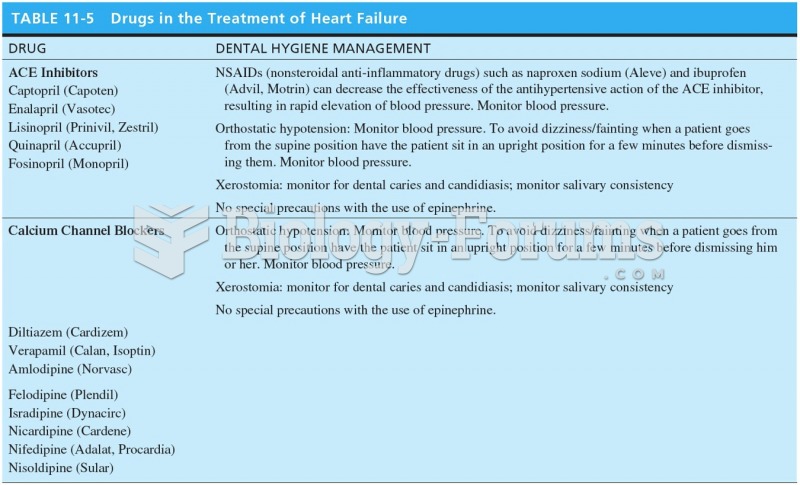Answer to Question 1
ANS: A
With single-blinded studies, there are two variations. In one variation, study participants are not aware of their treatment assignment but investigators and research staff may have knowledge of who is in what group. The reverse may be used when participants have knowledge of their treatment group assignment but this information is not available to the investigators and research staff. For example, children involved in research comparing the calming effects of music alone compared to music with mother's voice delivered by audiotaped recordings would recognize the contents of the tape if they were alert. Researchers and data collectors may not be told of participant group assignment. Double-blinded studies keep knowledge of study conditions from study participants, investigators, and research staff. When a study is triple-blinded, the participants, researchers, and those involved in data management are unaware of group assignment.
Answer to Question 2
ANS: D
Numbers needed to treat (NNT) is a metric that is defined as the number of patients who would need to be treated with the new intervention to avoid one event that might have occurred with standard treatment. It is necessary that NNT be estimated in the context of those deriving a benefit or those who might be harmed by the intervention (Day, 2007). Intuitively, it is an easy concept to grasp as it is expressed in a numeric value. For example, if the NNT is 4 for a benefit from an intervention, then a prescriber of intervention could expect that 1 out of 4 patients treated with the intervention would derive a positive outcome. The NNT is determined by an analysis of the data following the completion of an adequately powered study (e.g., the sample size is adequate) to detect treatment differences. The researcher establishes criteria for the primary outcome measure for the study that is indicative of a positive or undesirable response, and the NNT is expressed in terms of either outcome. Researchers are often required to calculate the NNT for clinical trials prior to submitting a manuscript for publication to influential research journals. NNT are often pooled and analyzed in meta-analyses and systematic reviews of studies. Moreover, it is a meaningful parameter for practice, as clinicians can be informed of the overall effectiveness of the intervention, as well as the expected response when prescribing an intervention. When interpreting NNT, it is important to determine if the NNT value is for a single administration of the intervention, at a single time point, or overall across multiple time points.







